Here's a few

The Blusher (Amanita rubescens.)

Aniseed Funnel (Clitocybe odorata.)

One of the "dapperlings" (Lepiota). Most of these are poisonous and smell awful. Not much hope of a species ID without microscopy.
Here's a few

The Blusher (Amanita rubescens.)

Aniseed Funnel (Clitocybe odorata.)

One of the "dapperlings" (Lepiota). Most of these are poisonous and smell awful. Not much hope of a species ID without microscopy.
Thanks Geoff. So one risky edible, one tasty condiment and one stinky miss (I had wondered if the last one was a small parasol, shows what I know.) Wish I'd known enough to sniff the Aniseed one out for a better ID.
BTW. With poisonous mushrooms how important is it to wash hands after handling - are there any cases of poison being transferred by touch?

















Could be...
Thanks again Geoff, I've got a fair way to go before I trust my judgement enough to eat any.
Do you run courses in fungi ID ?
I'm seeing a lot of mushrooms this year, but then I'm looking more. Is this a good year or just average?
Geoff, I was actually hoping you would see these as I was thinking if anyone would be able to identify them it would probably be you. I also thought that even though they are from a different part of the world, anyone interested in fungi might enjoy seeing them.
#5 were in a bit of a clearing, not close to any tree. The closest was probably 10' away. The only trees in this area are jack pine, black spruce and small amounts of birch. Thanks for your input.
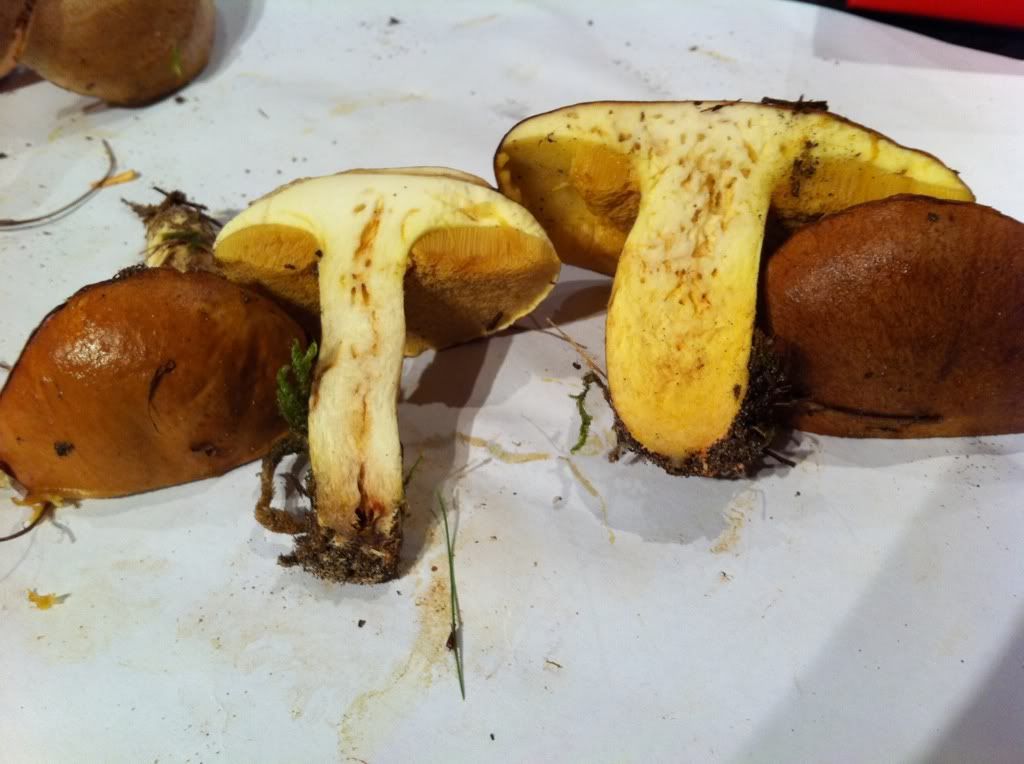
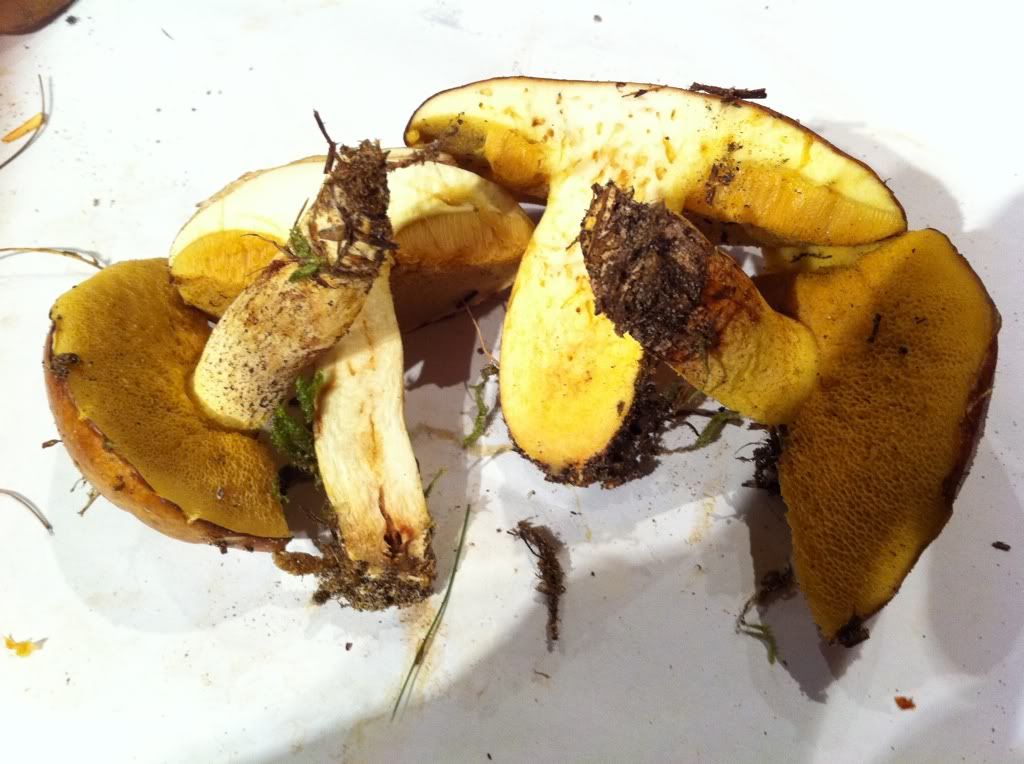
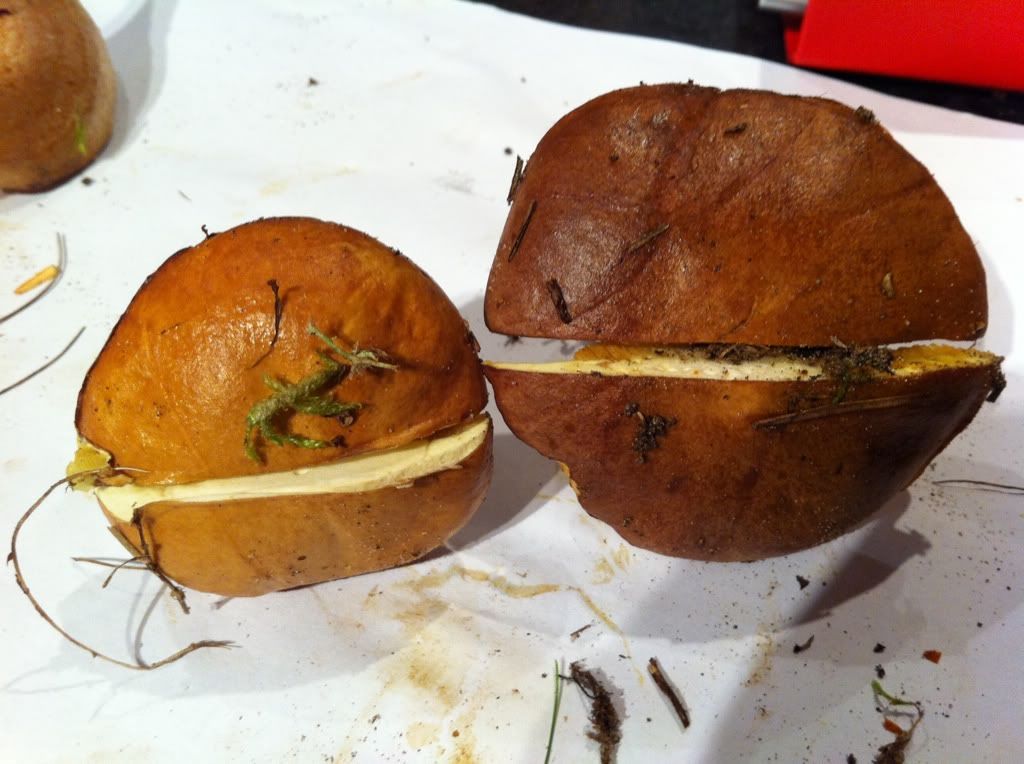
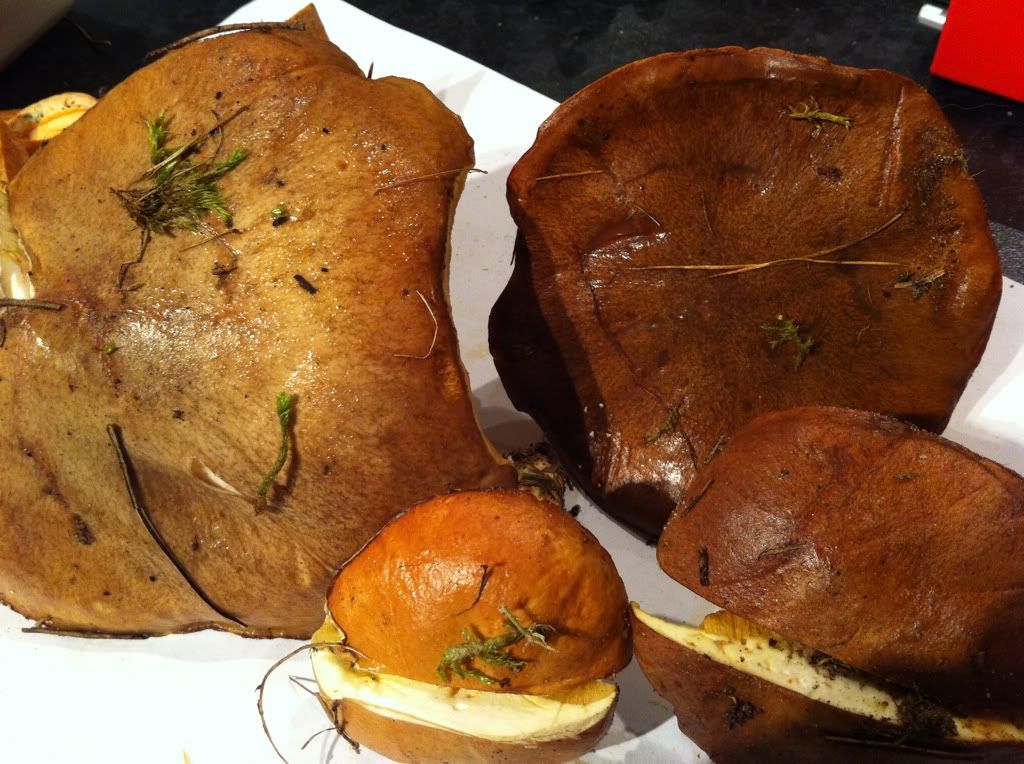
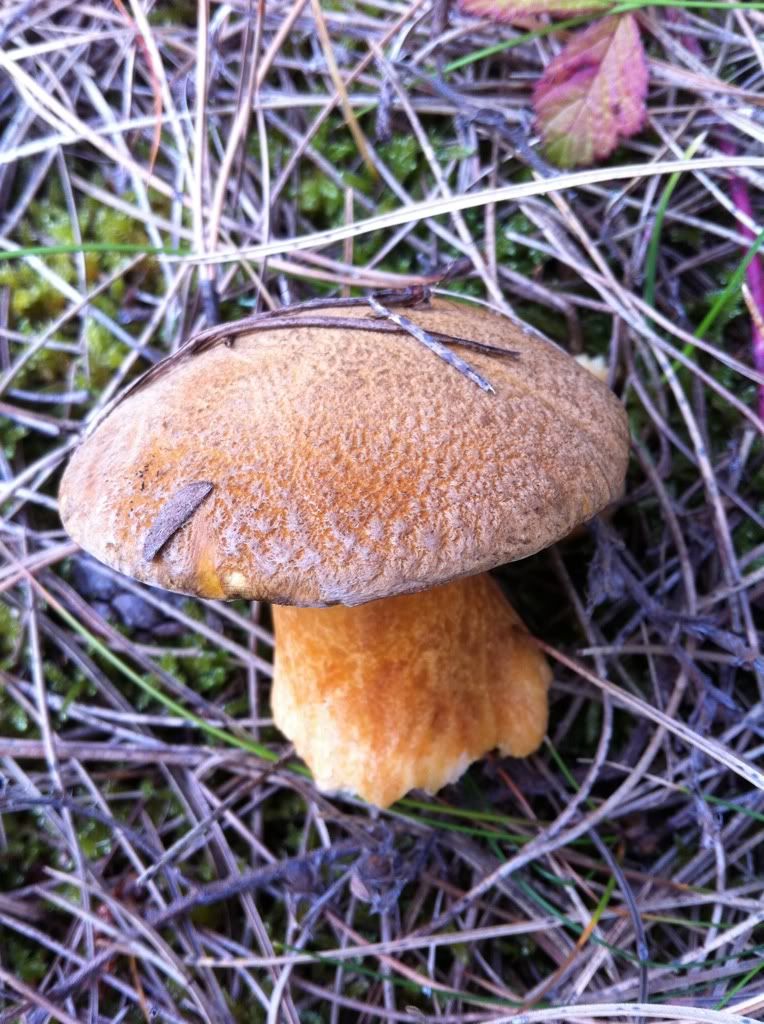
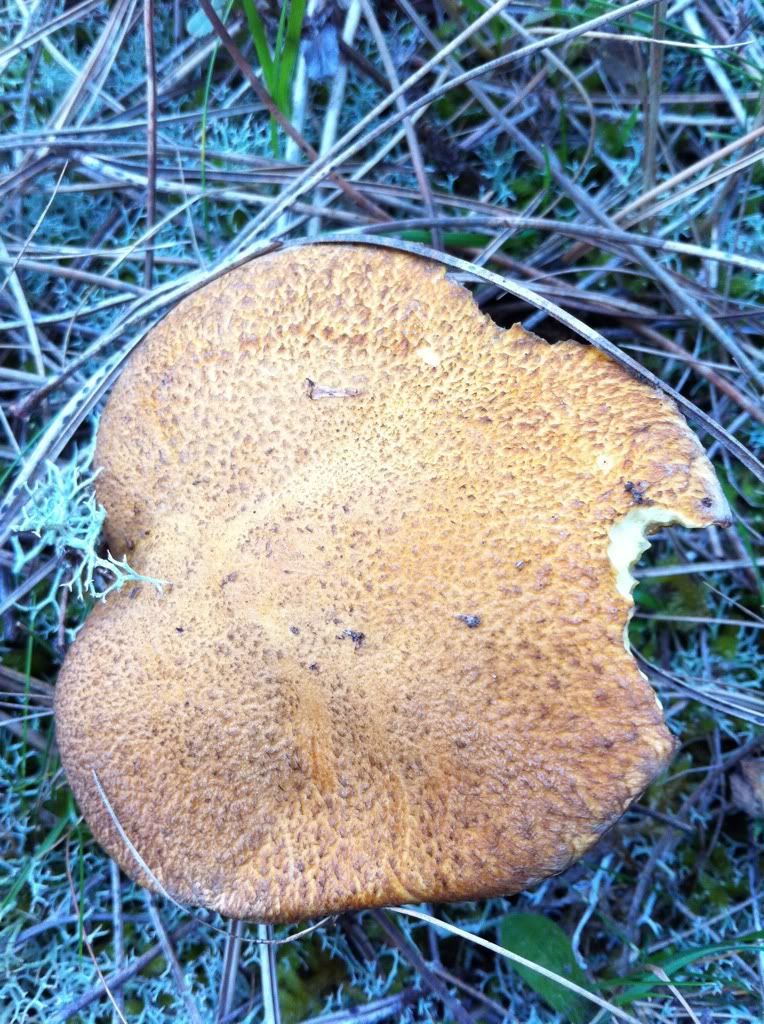
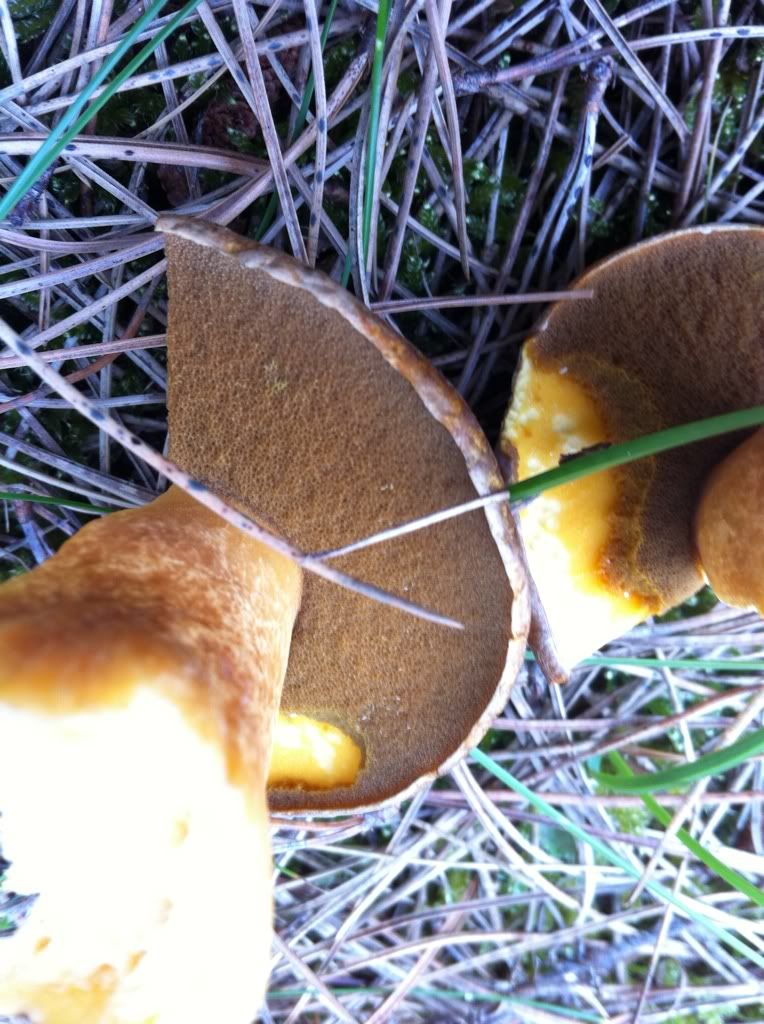
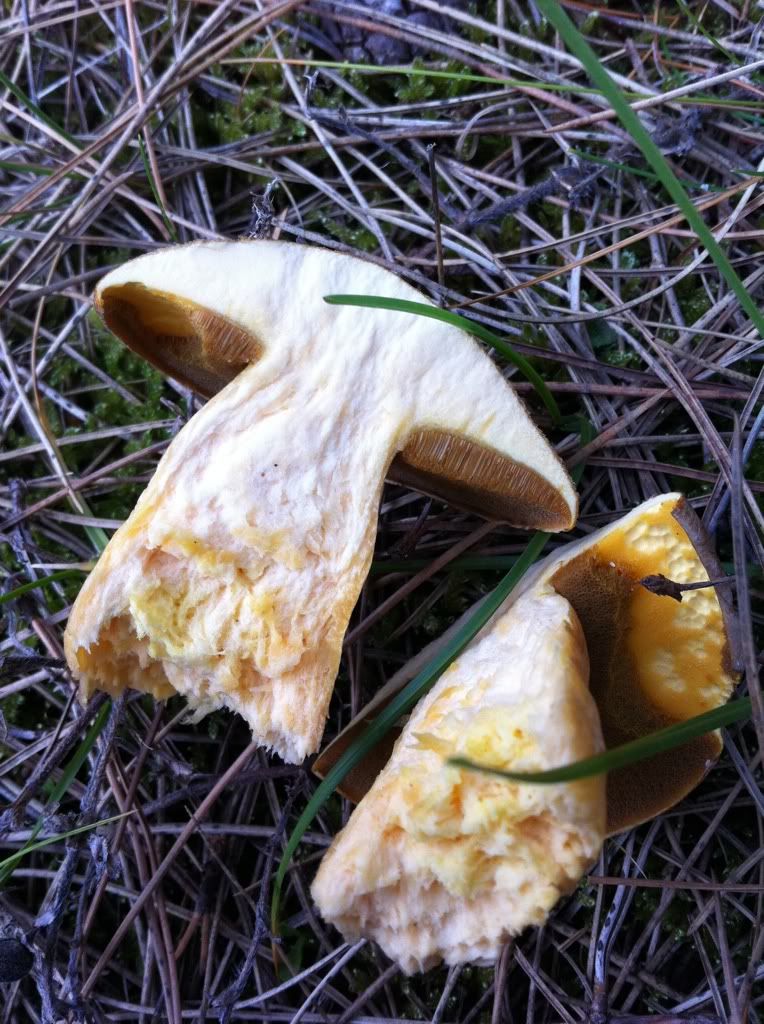
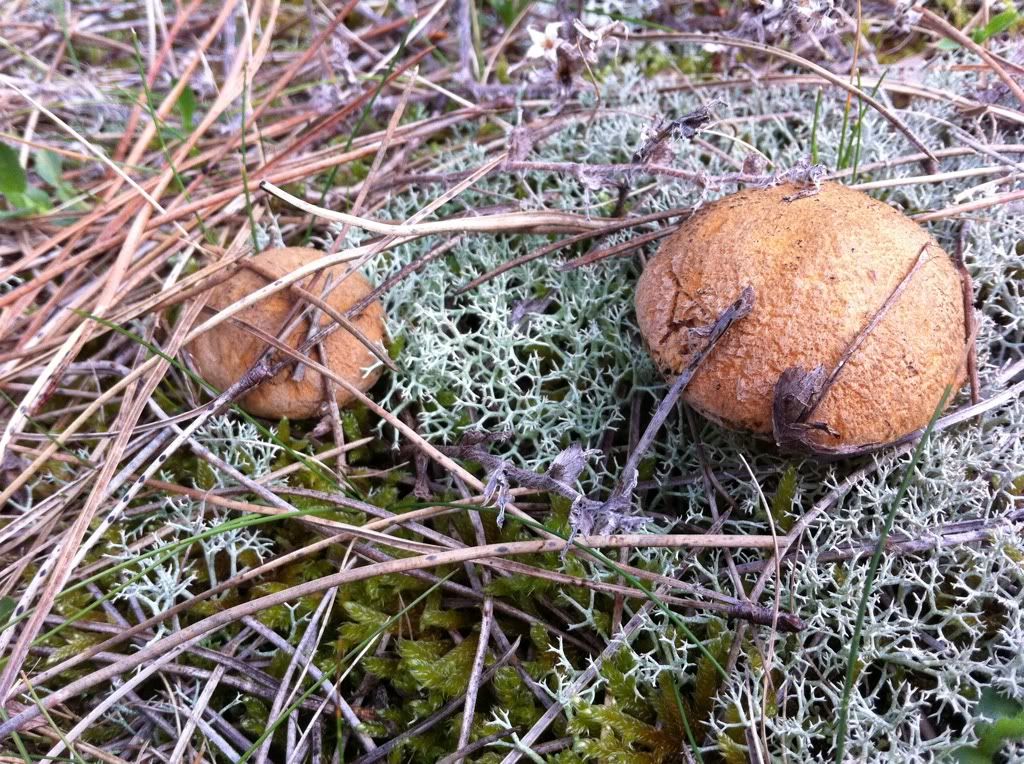
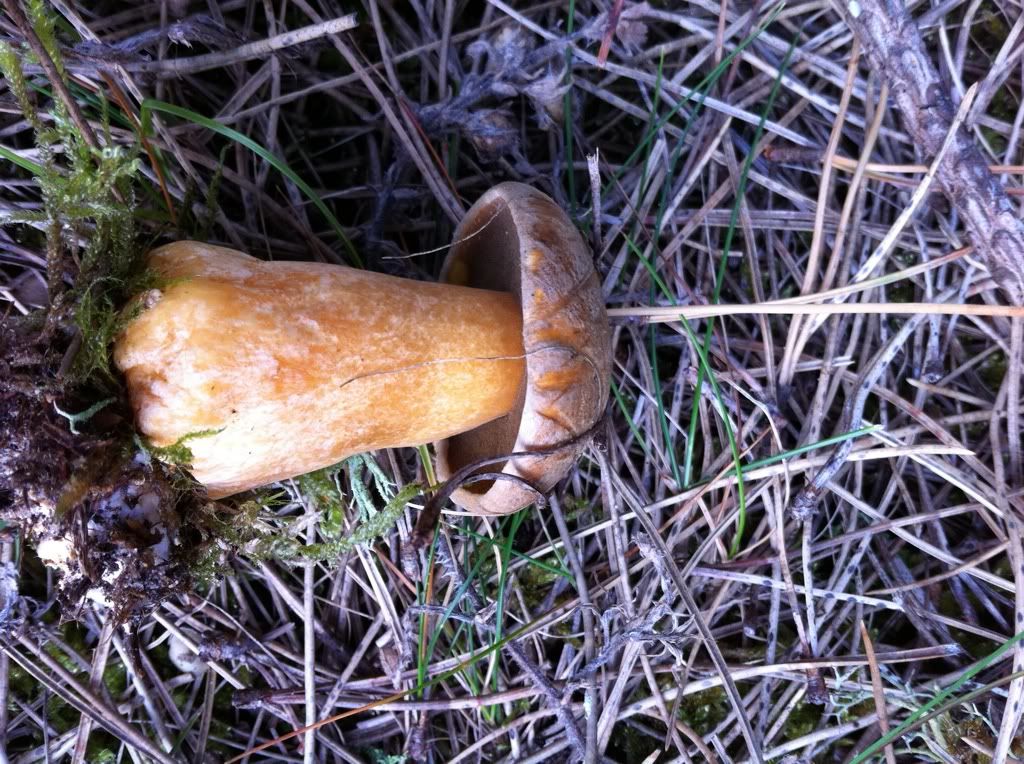
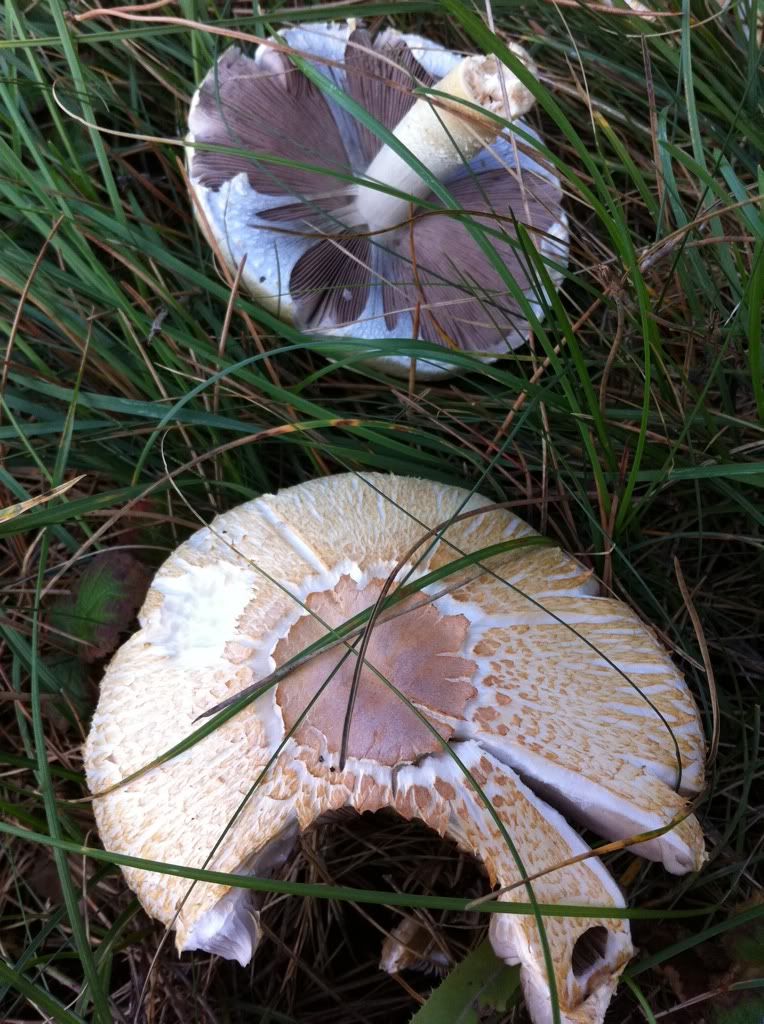
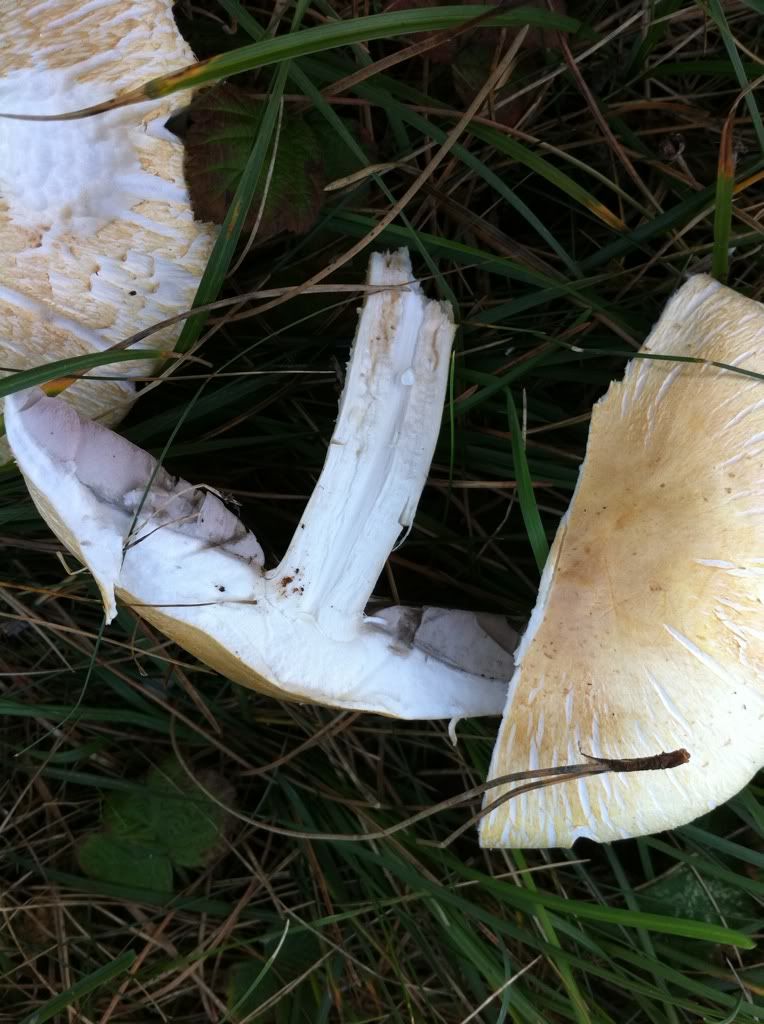

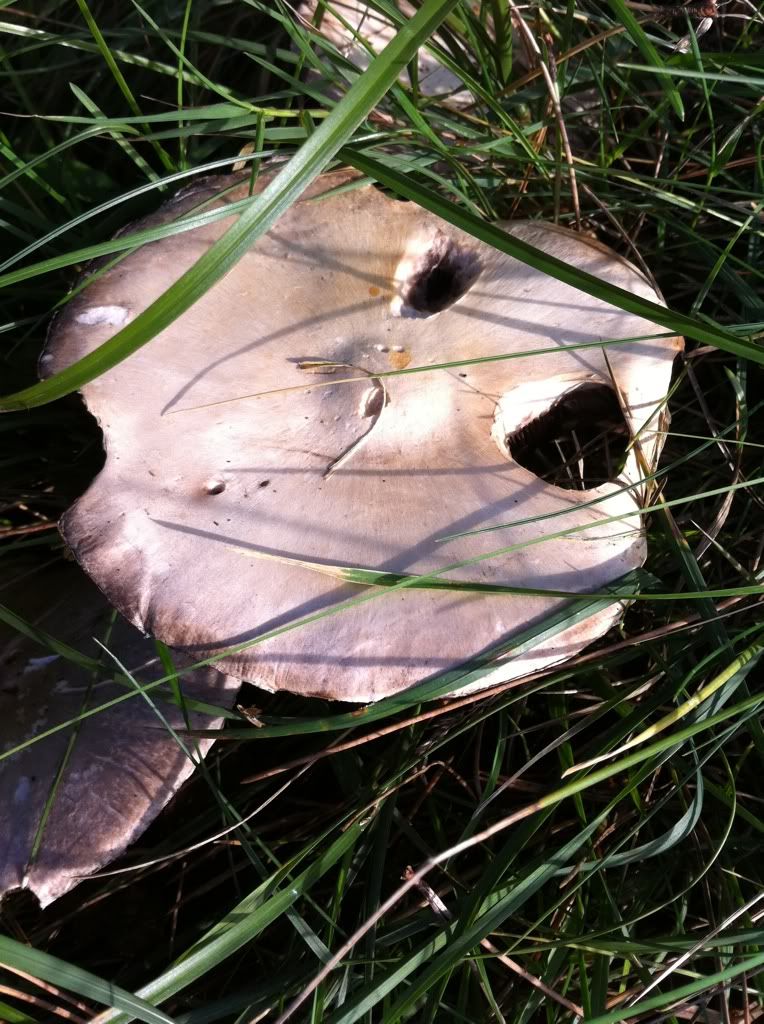
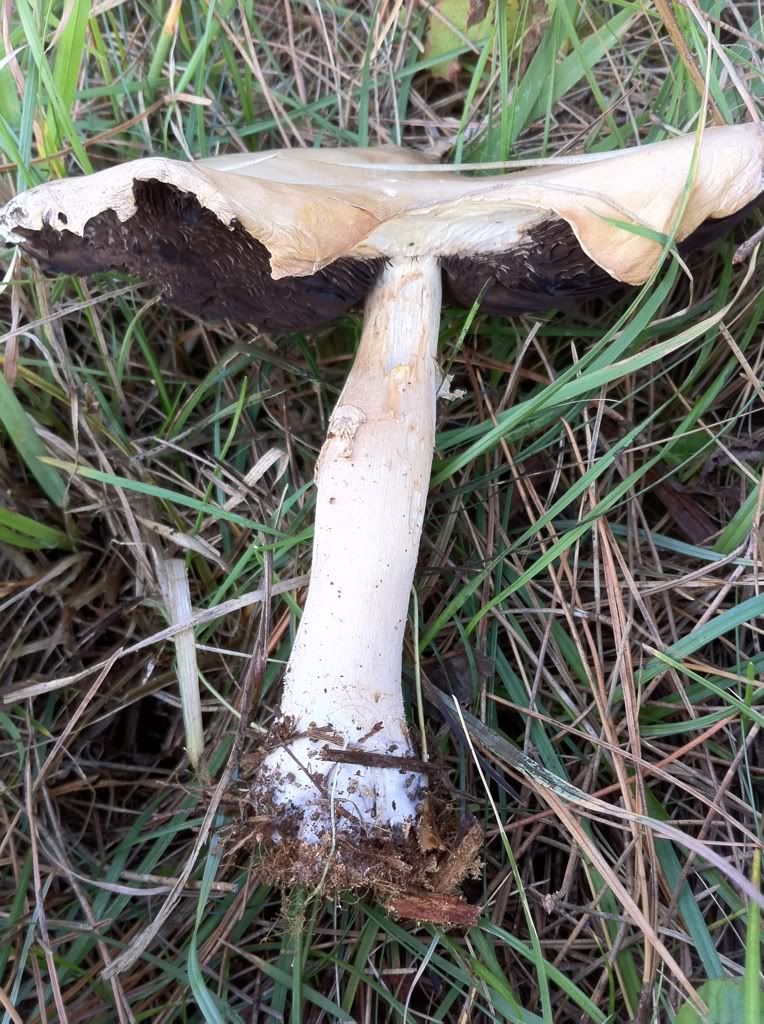
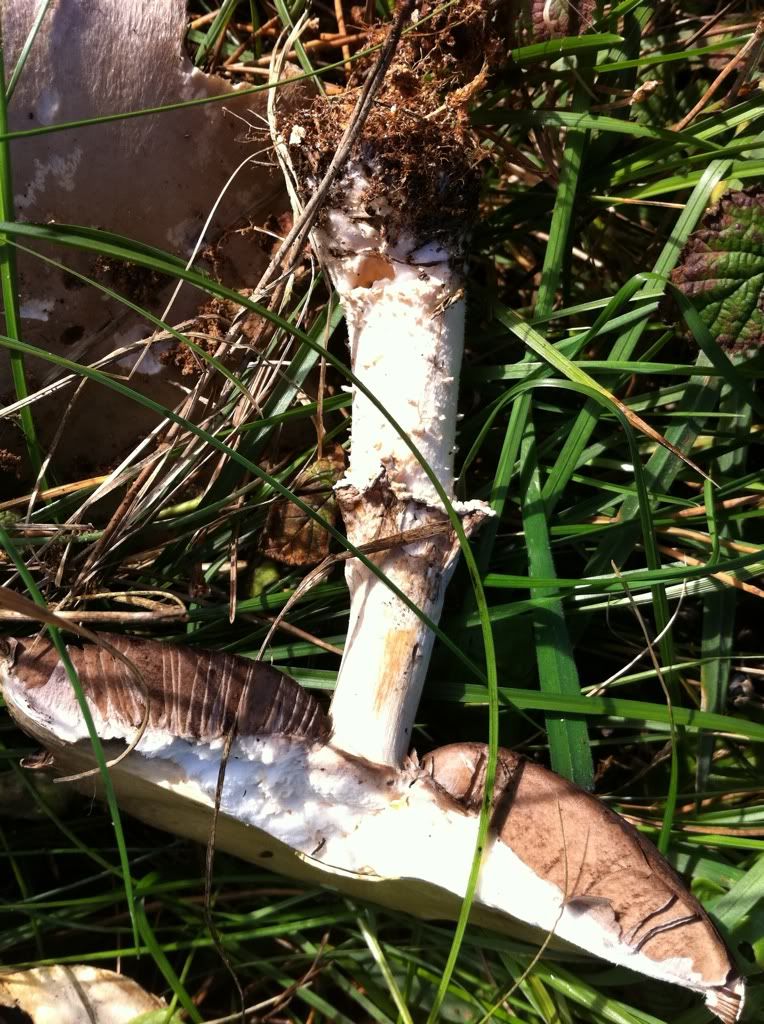
Hi Geoff
Thanks for all your advice so far, I hope you don't mind a few more questions.
No young specimen I'm afraid.
All were growing together, three or four of the scaly ones and seven or eight of the smother caped ones.
Worryingly, when I first noticed these last weekend, there were only three large White mushrooms with fresh pink gills. They looked like big field mushrooms but I was put off by them growing under pines on sand. I can't say I'd eat either looking at them now. Neither look like the same mushrooms.



They are parasol mushrooms and they are delicious.
These are one of the handful of species of wild mushrooms that it is completely safe for a beginner to go looking for. At least in Europe, there is nothing dangerous you could possibly mix it up with.
I thought they probably were, but was surprised at the size of them. I'll be off back for those this afternoon.
Thanks for the confirmation.
